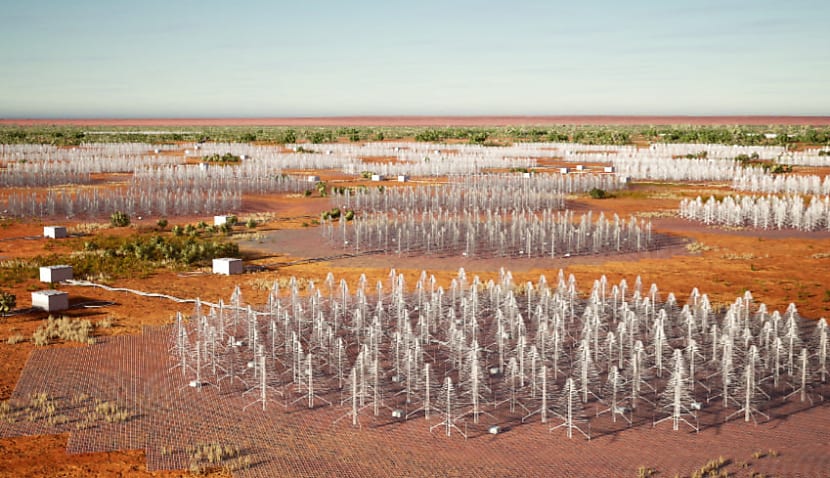The Square Kilometre Array (SKA) Observatory is set to be the largest radio telescope ever built, alongside its partner observatory being built in South Africa.
Construction has begun at the CSIRO Murchison Radio-astronomy Observatory site on Wajarri country in Western Australia.
As the name suggests, the telescope will cover roughly an entire square kilometre, with 131,072 antennas to be built across the site.
The antennas at the Murchison Observatory, which is classified as “SKA-Low” will be used in tandem with the 197 dishes that will be built at a site in Karoo in South Africa, which is dubbed “SKA-Mid”.
The director-general of the SKA Observatory, Professor Philip Diamond, was joined by the Minister for Industry and Science, Ed Husic, along with the WA Parliamentary Secretary to the Premier and Deputy Premier, Sabine Winton, and a range of industry representatives for the opening of the construction.
Professor Diamond also commented on the importance of the telescope, saying it would operate on behalf of the international community.
“The SKA Observatory’s telescopes will be one of humanity’s biggest-ever scientific endeavours. I have been involved with the SKA project for the past 30 years, so to finally see the start of on-site construction is a momentous occasion.
“We are thrilled to be working with the Australian government, a founding member of the observatory; CSIRO, our operations partner in Australia; and our Australian collaborators on a shared journey of discovery, innovation and progress,” Professor Diamond said.
The massive size of the radio telescope will allow it to observe some of the most ancient mysteries of our universe, looking back billions of years to the formation of the earliest stars and galaxies.
A core goal of the SKA is to map the structure of the fledgling universe for the first time and help astronomers understand how galaxy formation began.
Dr Sarah Pierce, the director of the SKA-Low and head of telescope operations in Australia, outlined just how much of a leap forward the SKA represented.
“Over the past 50 years, we’ve seen our understanding of the universe revolutionised,” she said.
“The SKA Observatory will define the next 50 years for radio astronomy, charting the birth and death of galaxies, searching for new types of gravitational waves and expanding the boundaries of what we know about the universe.”
One of the most truly exciting aspects of the SKA is the potential it offers scientists for detecting signs of life across the universe, emphasised Dr Pierce.
“The SKA telescopes will be sensitive enough to detect an airport radar on a planet circling a star tens of light years away, so may even answer the biggest question of all: are we alone in the universe?”

Liam McAneny
Liam McAneny is a journalist who has written and edited for his University International Relations journal. He graduated with a Bachelor of Arts (International Relations) and Bachelor of Laws from the University of Wollongong in 2021. He joined Momentum Media in 2022 and currently writes for SpaceConnect and Australian Aviation. Liam has a keen interest in geopolitics and international relations as well as astronomy.
Send Liam an email at: [email protected]

